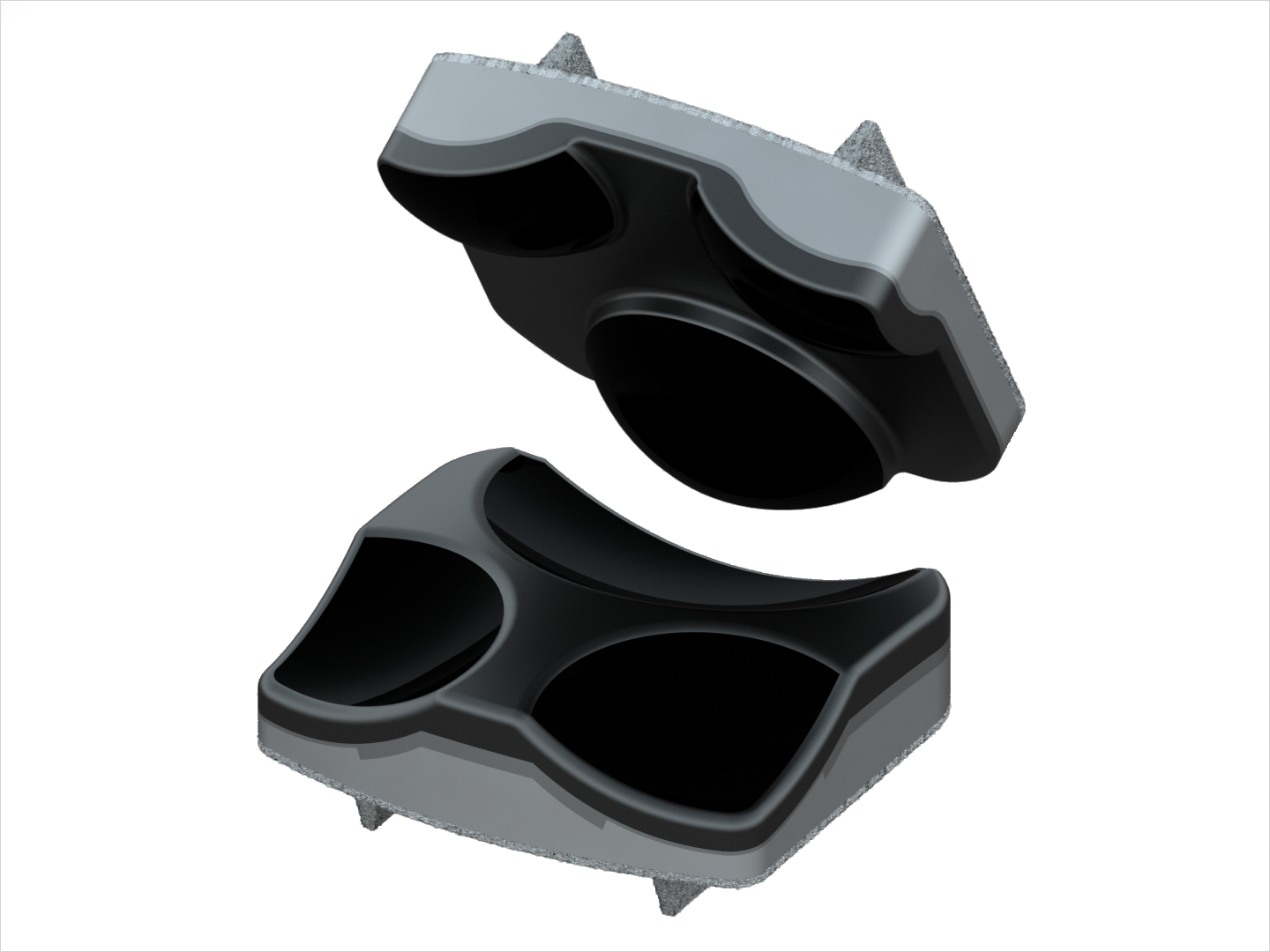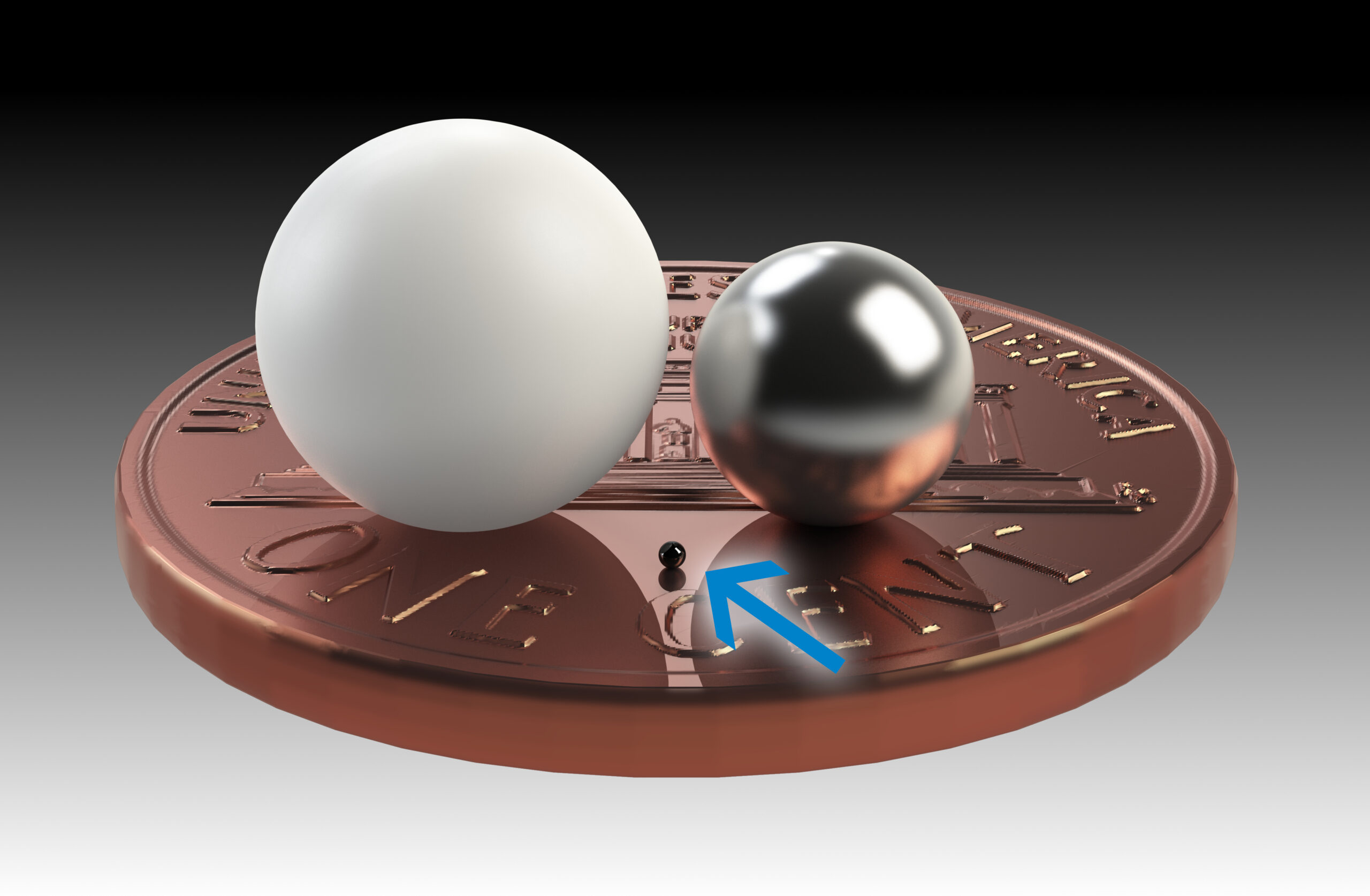Material

POLYCRYSTALLINE DIAMOND
Dymicron® has developed a state-of-the-art implant made from one of the most durable materials on Earth: Biocompatible man-made diamond.
The Polycrystalline Diamond (PCD) material Dymicron employs in the manufacture of its Triadyme®-C cervical total disc replacement (cTDR) device is a patented grade of PCD that Dymicron has invented exclusively for use in medical applications.
Tough enough for heavy industry
Polycrystalline Diamond is an industrial material used in the most demanding environments and in applications where diamond’s extreme hardness, wear resistance, and incredible toughness are needed. The material has revolutionized every industry it has moved into. In down-hole well drilling, for example, PDC dramatically outperforms tungsten carbide, the former substance of choice, with a capacity for drilling 160 times farther while removing hard rock three times faster.


In simulated testing, Polycrystalline Diamond exhibits dramatically less wear than traditional implant materials. Above, a representation the amount of wear debris generated by 20 million cycles is shown for polyethylene (white), cobalt-chrome (silver), and Polycrystalline Diamond.
A composite material, Polycrystalline Diamond is a sintered monobloc of diamond microcrystals that have been fused together at a pressure of 1 million pounds per square inch and a temperature of 1,400° Celsius; a small percentage of the construct is a metallic alloy that facilitates the sintering process. The resulting Polycrystalline Diamond maintains the extreme properties for which natural diamond is known, but is significantly more durable.
Just as tough, but now refined for human medicine
Dymicron’s studies point to Polycrystalline Diamond as perhaps the ideal material for joint replacement devices. Polycrystalline Diamond’s resistance to brittle fracture is actually greater than for single-crystal natural diamonds.
Polycrystalline Diamond also has an extraordinarily low coefficient of friction and is extremely resistant to wear. After being wear-tested under high-stress conditions, Polycrystalline Diamond exhibited more than 1,000 times greater wear resistance than cobalt-chrome, the alloy most commonly used in orthopedic applications.

Polycrystalline Diamond is the ideal bearing material for artificial joints, and Dymicron has developed the only biocompatible variety
- – Lowest coefficient of friction
- – Extreme wear resistance—virtually no wear debris
- – Unrivalled toughness
- – Excellent biocompatibility
- – Compatible with X-ray, CT, and MRI diagnostics
- – Enables the creation of devices that, under simulated benchtop conditions, should outlast a patient’s lifetime
Unlike natural diamond, the crystals in Polycrystalline Diamond are bridged together, giving it its opaque black appearance and exceptional strength. This means that, practically speaking, wear debris and its associated complications could soon become a thing of the past.
Think about that: Given the inflammatory effect wear debris can have on a patient, particularly when such debris are localized around the spine, and the sometimes catastrophic consequences this wear has for patients, Polycrystalline Diamond’s ability to make wear debris nearly non-existent stands to be a game-changing development.
The definitive next-gen orthopedic implant material
Dymicron’s vision is to deliver joint replacement devices marked by exceptional performance and endurance—built to last more than a lifetime—to patients with injured or degenerative joints. Thanks to its extreme properties, Polycrystalline Diamond is ushering in a new generation of uniquely patient-friendly designs that, we believe, would be impossible with any other material.


